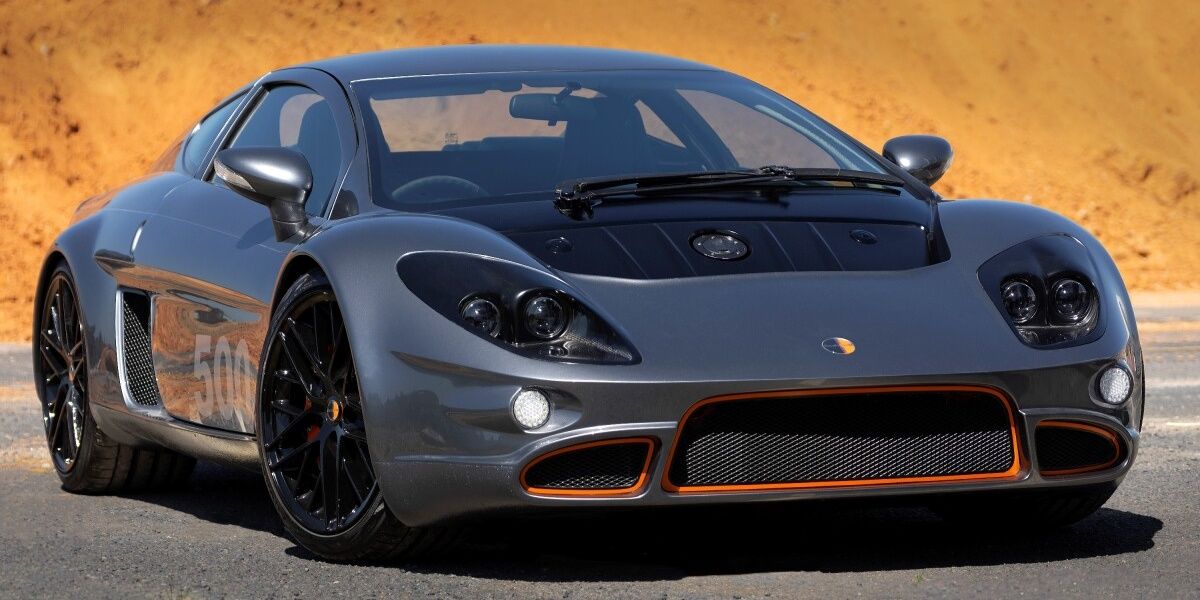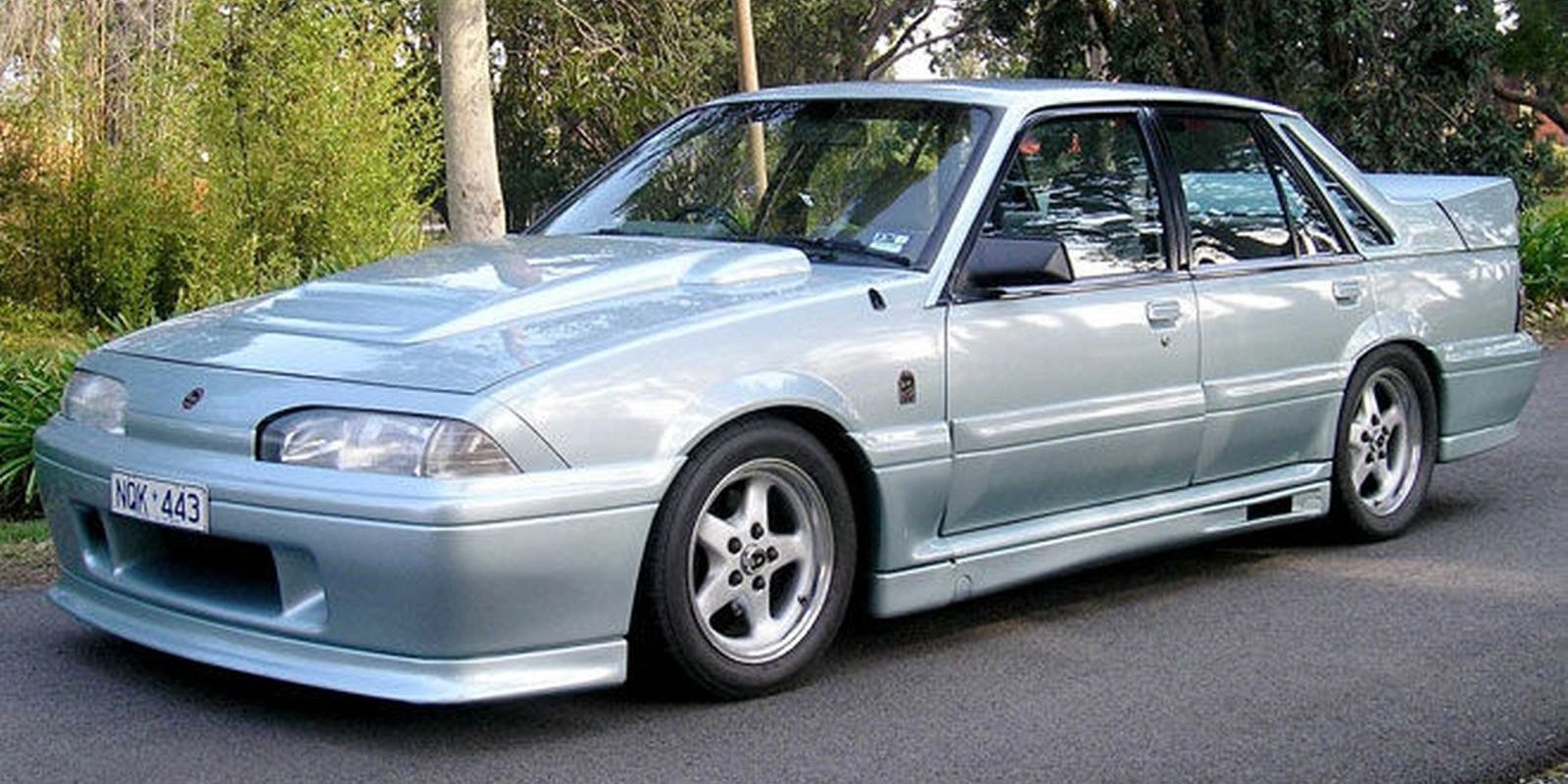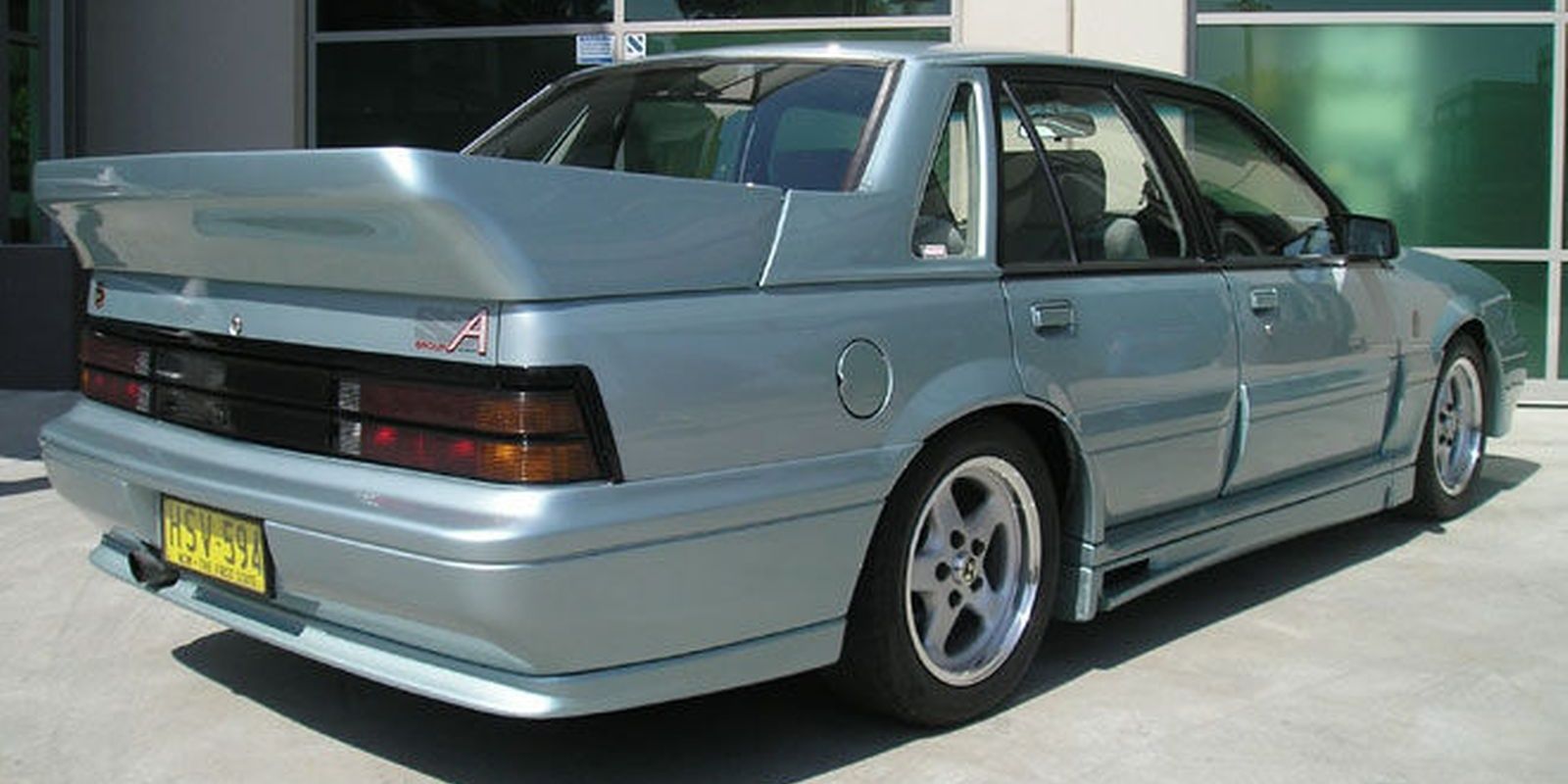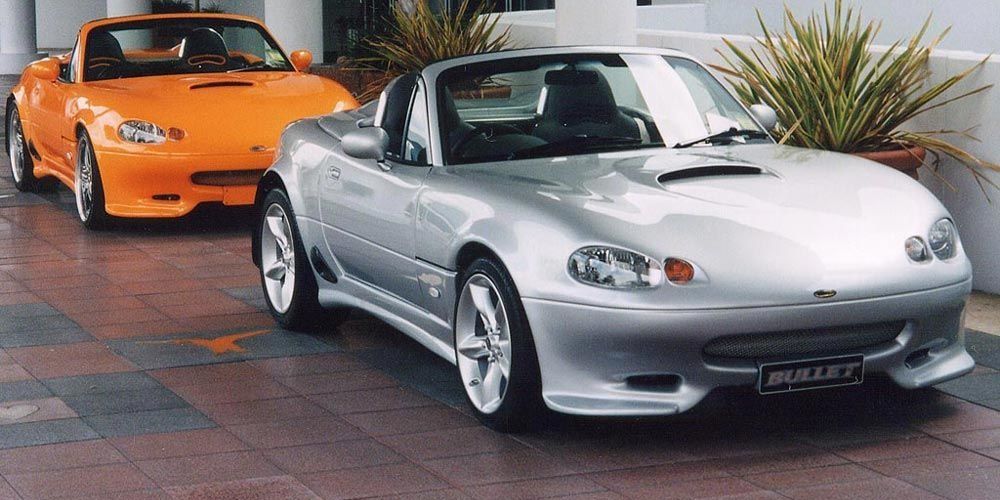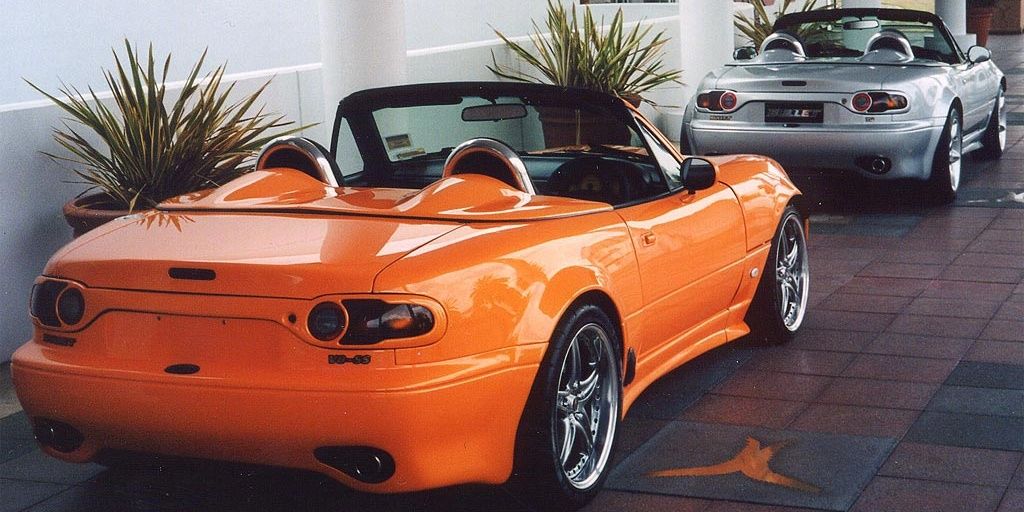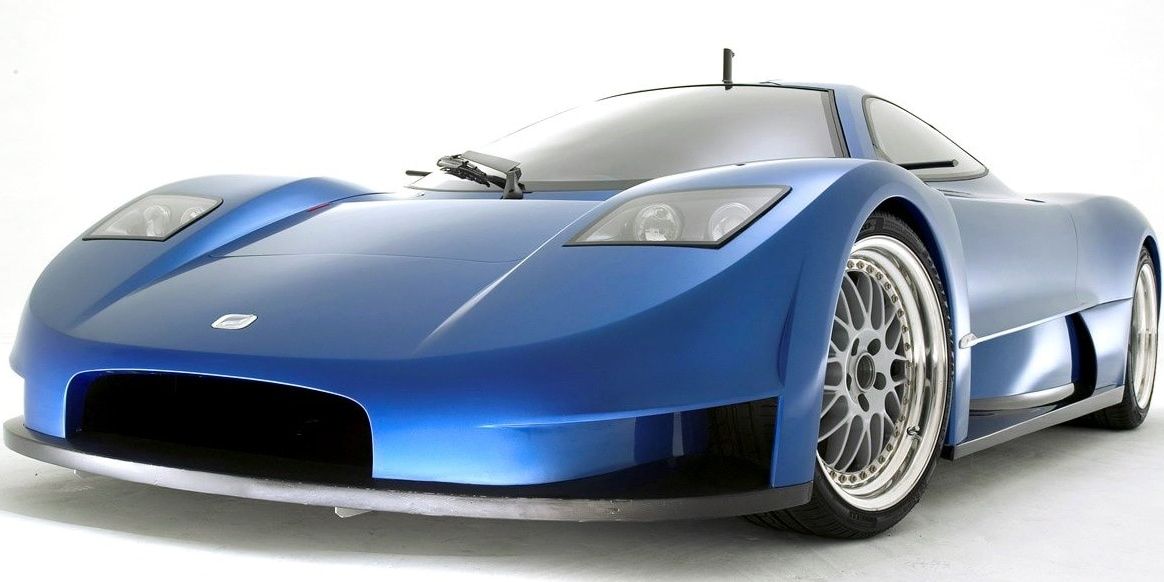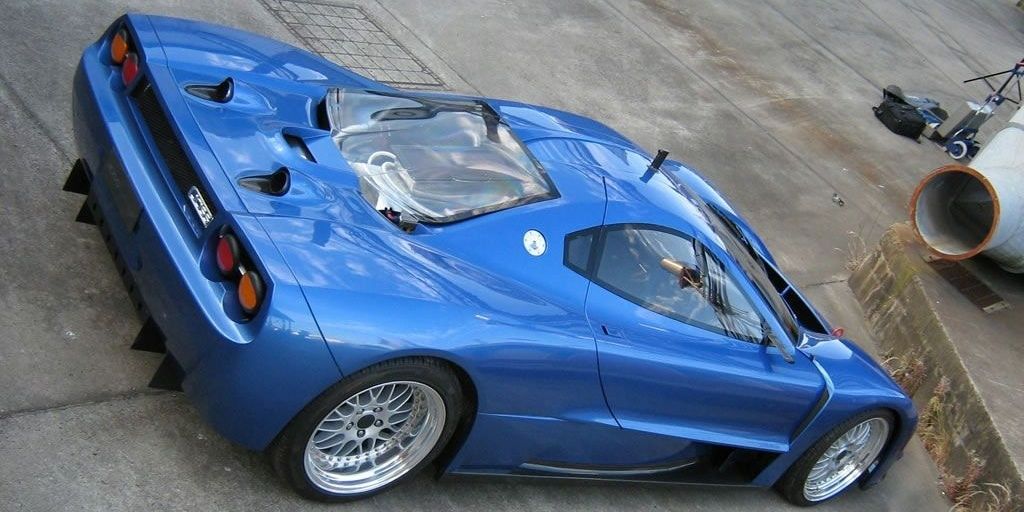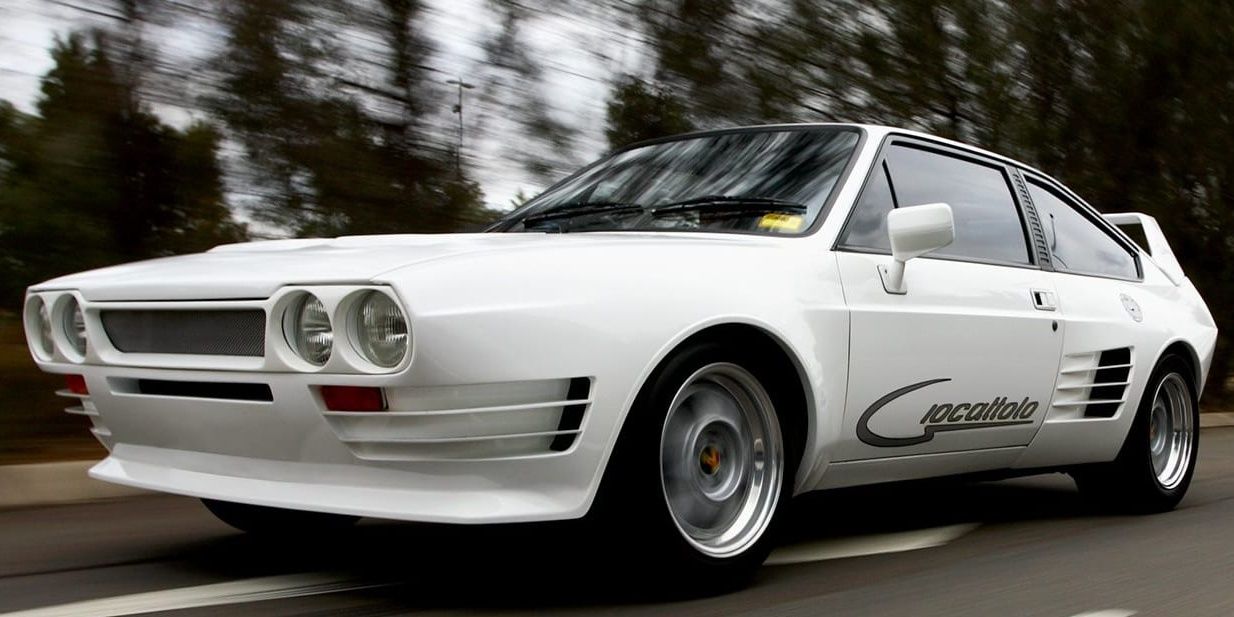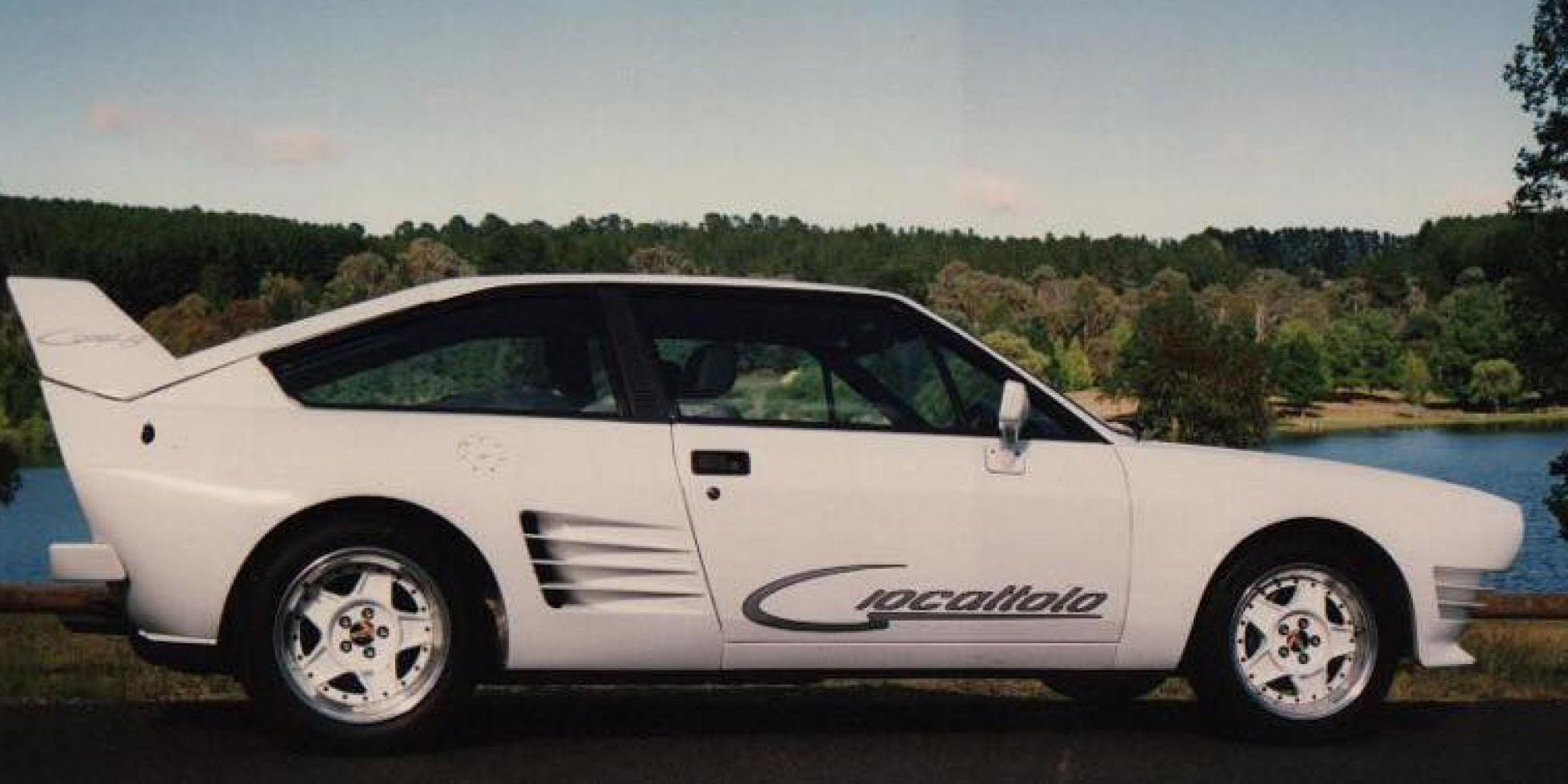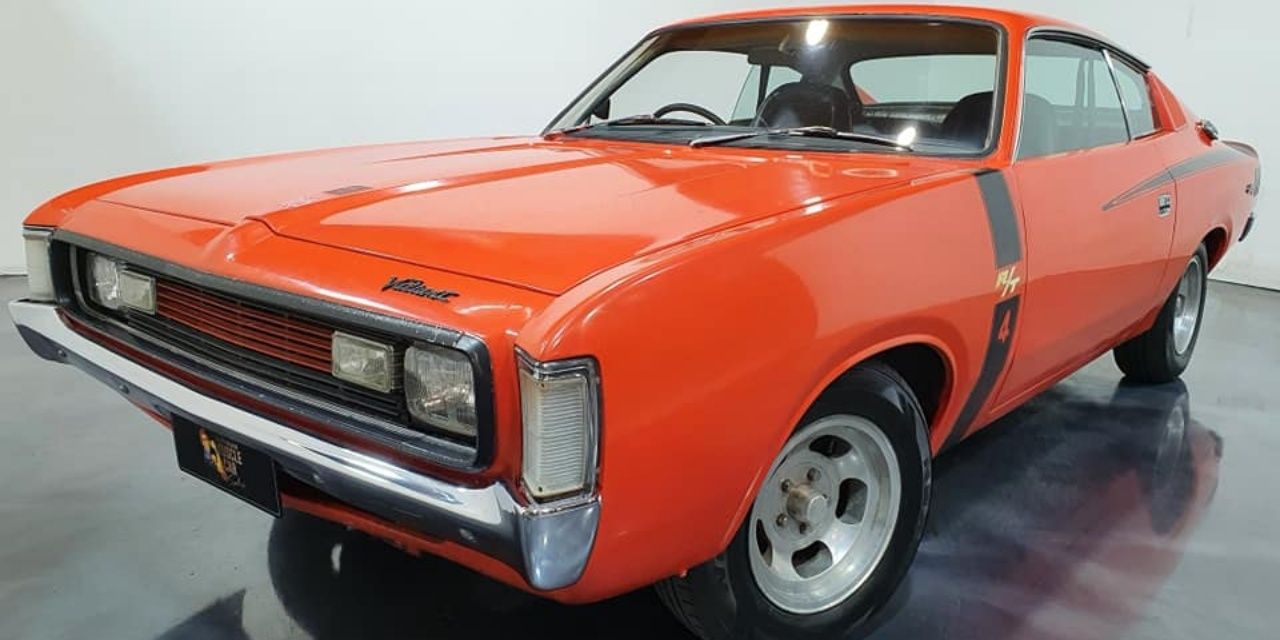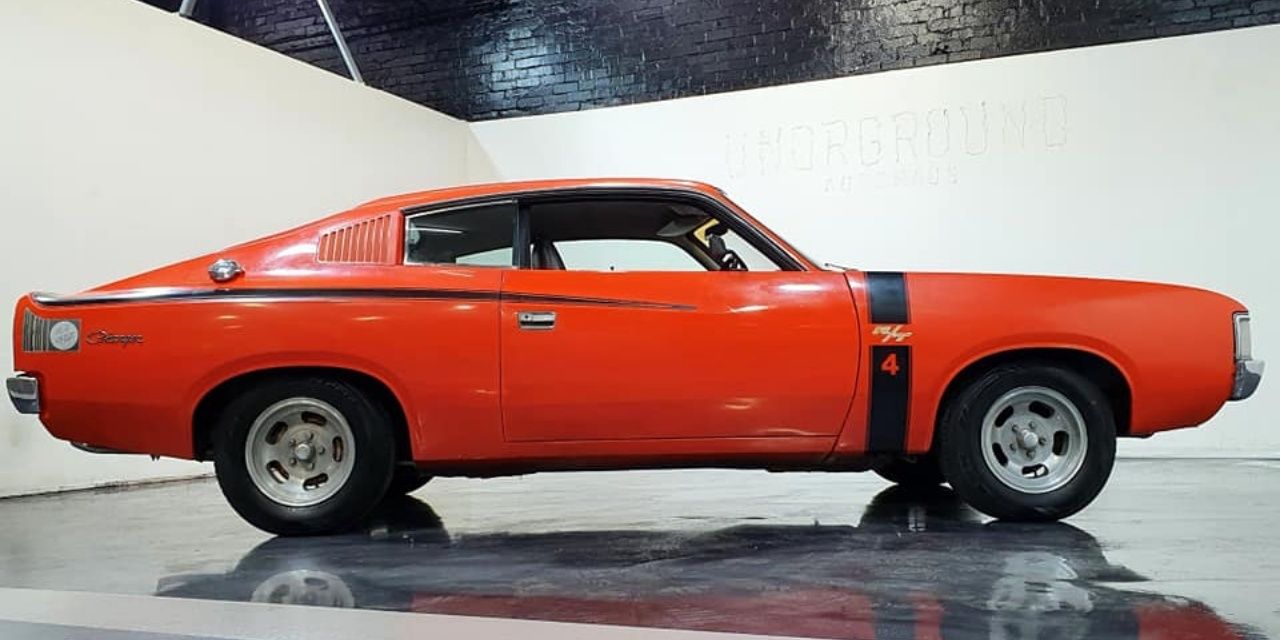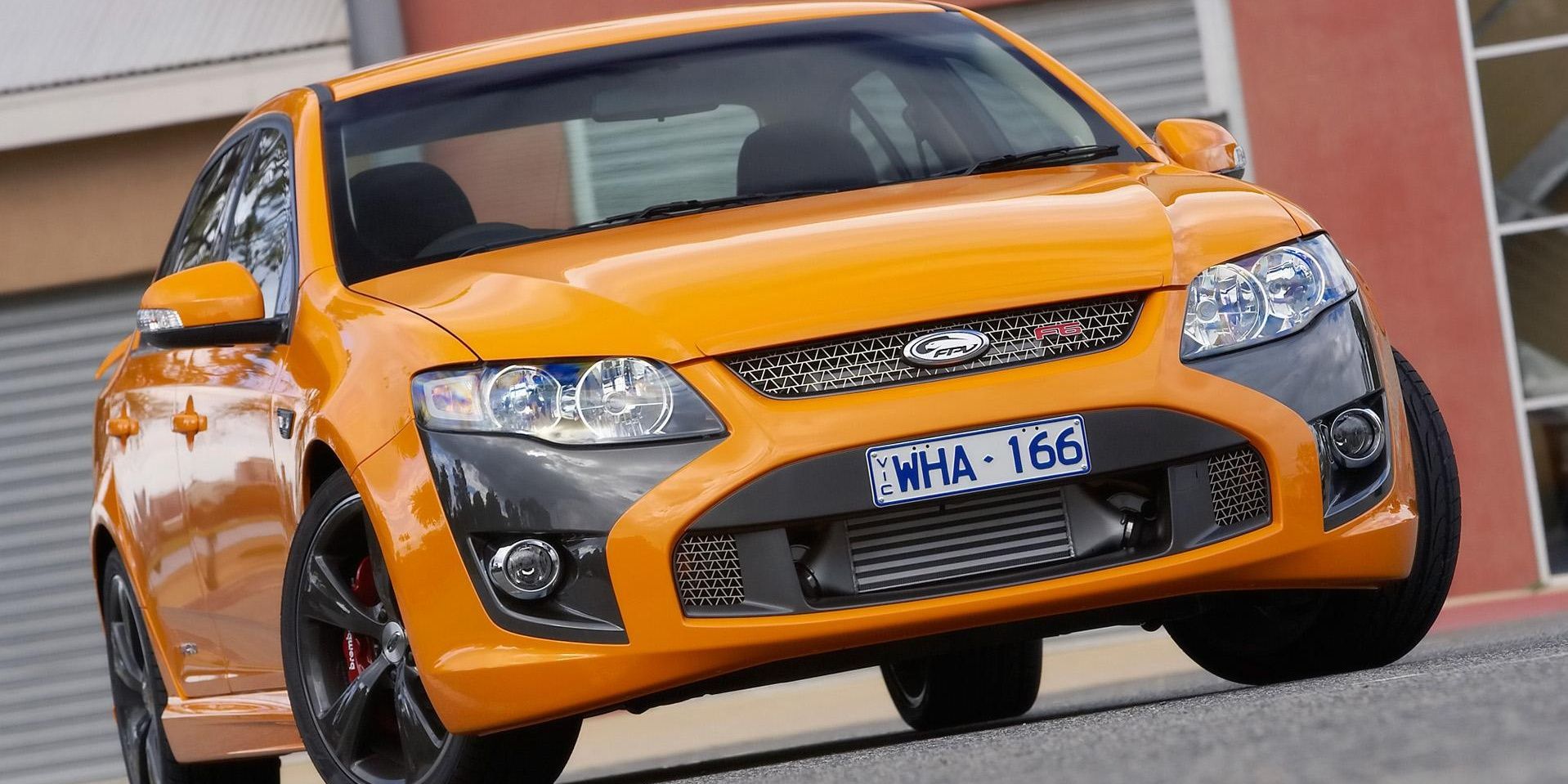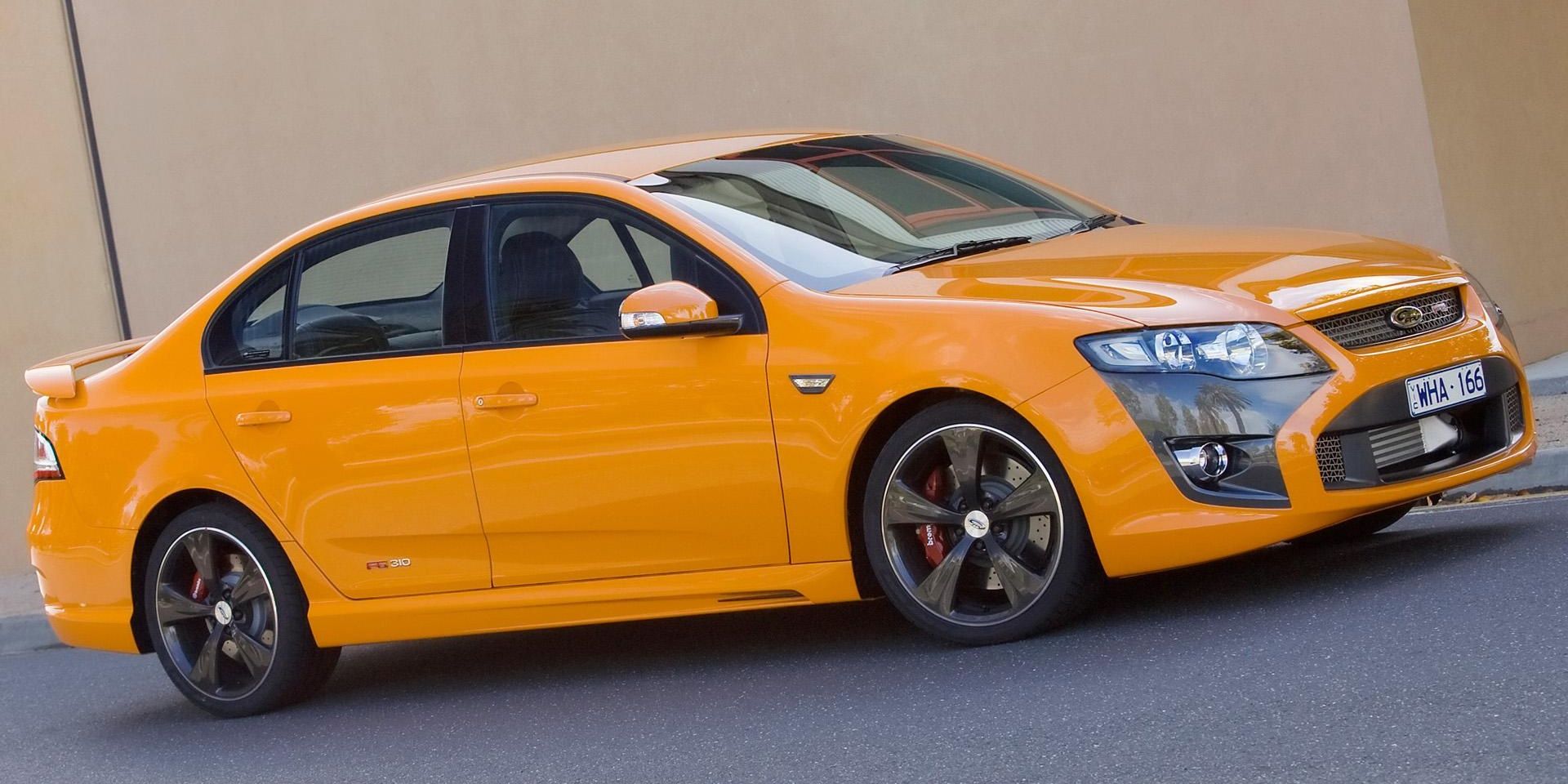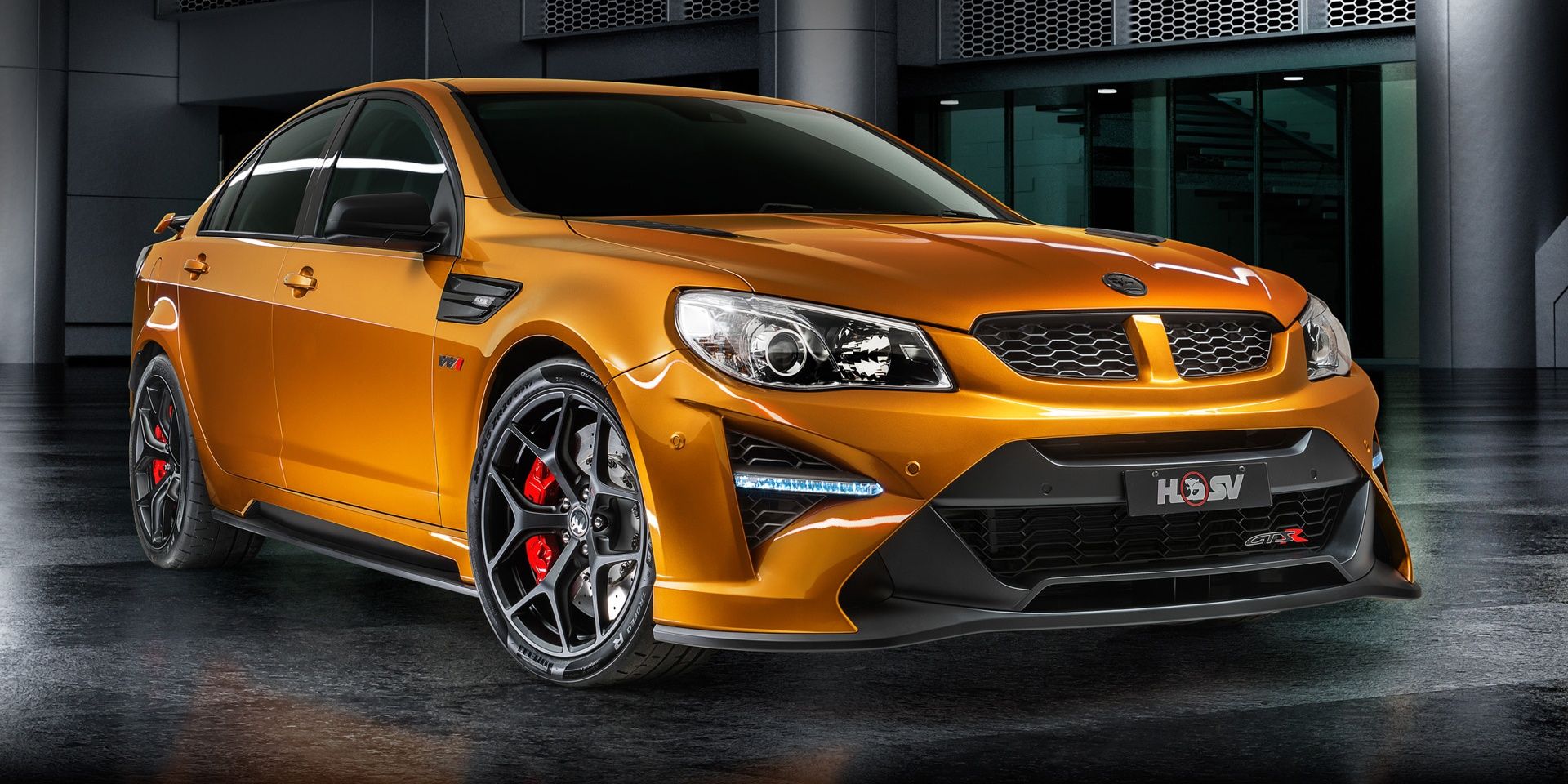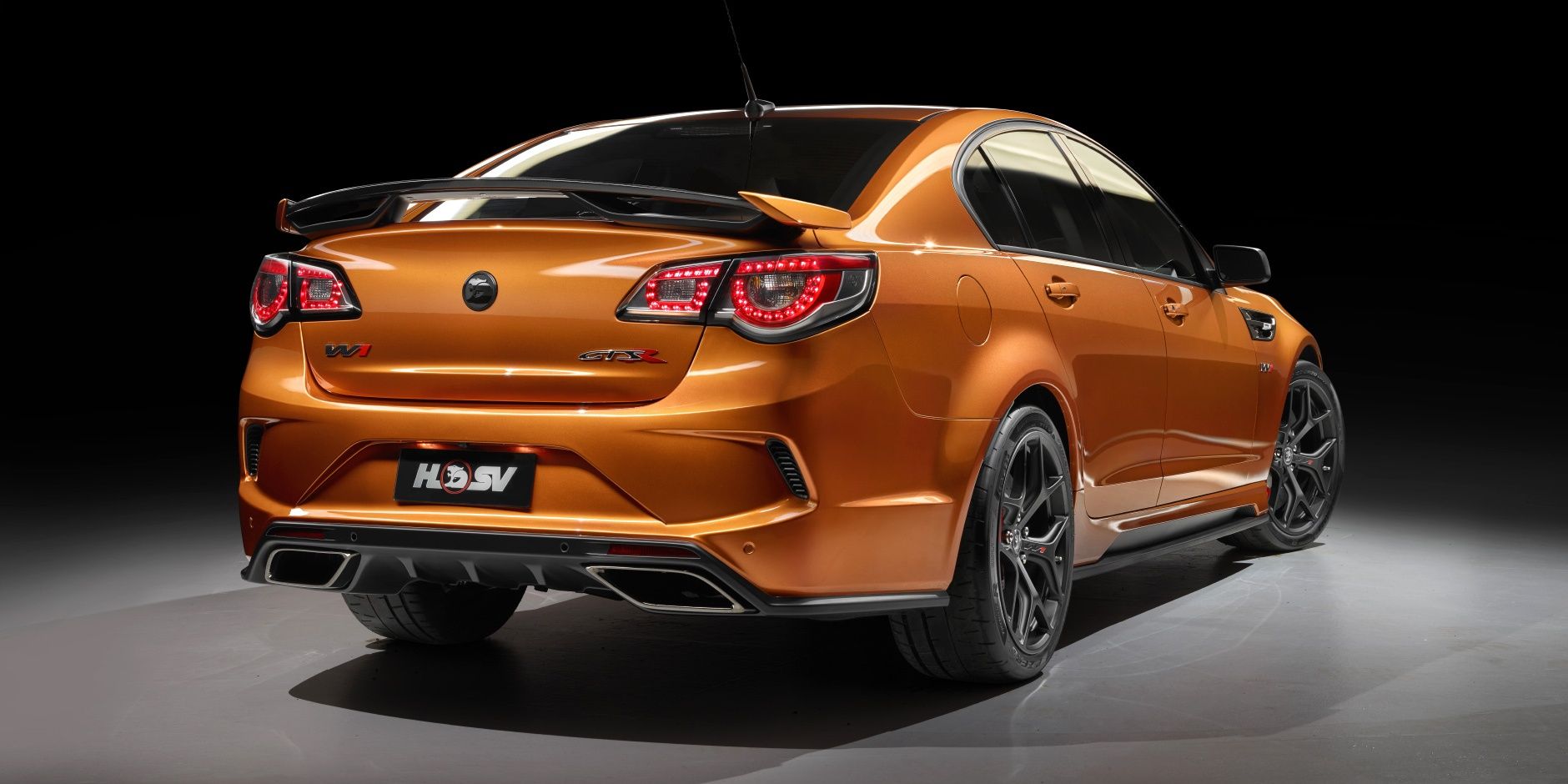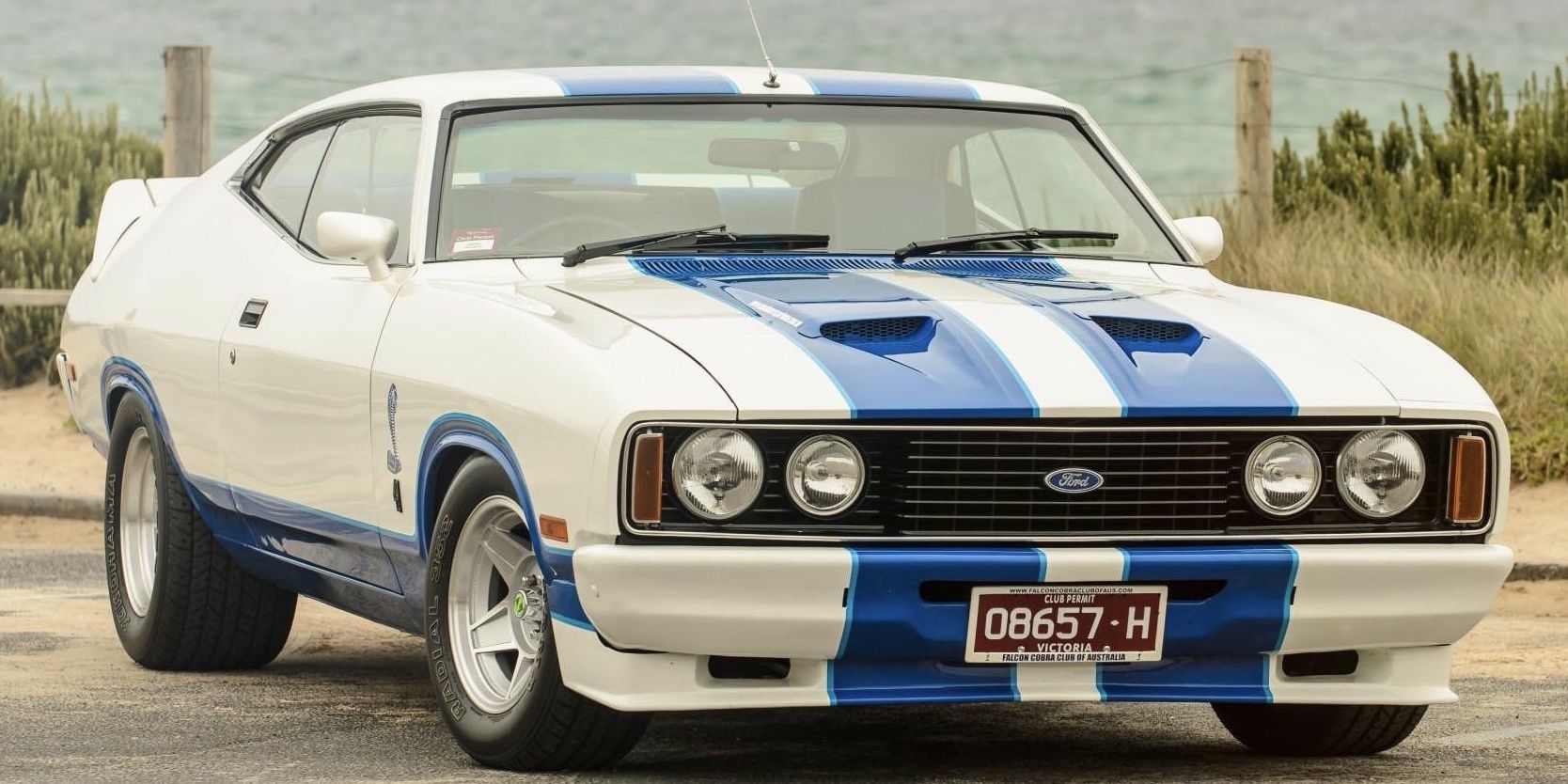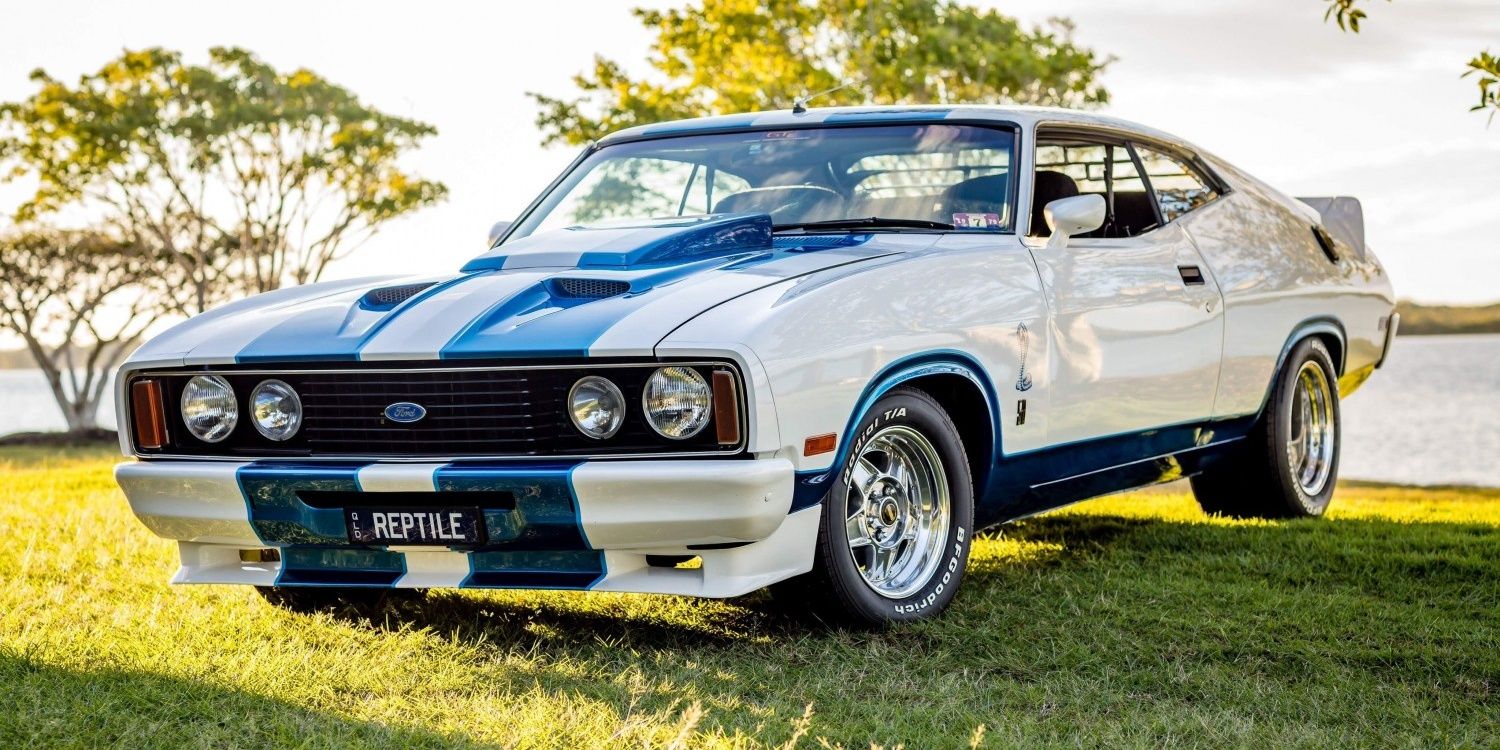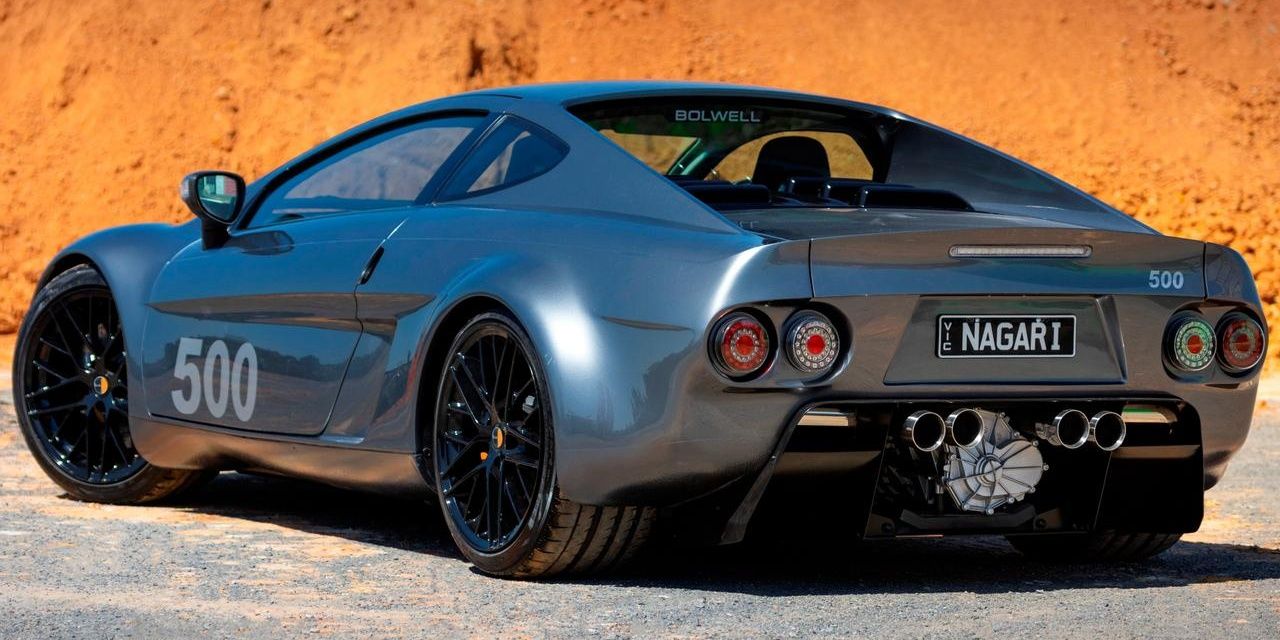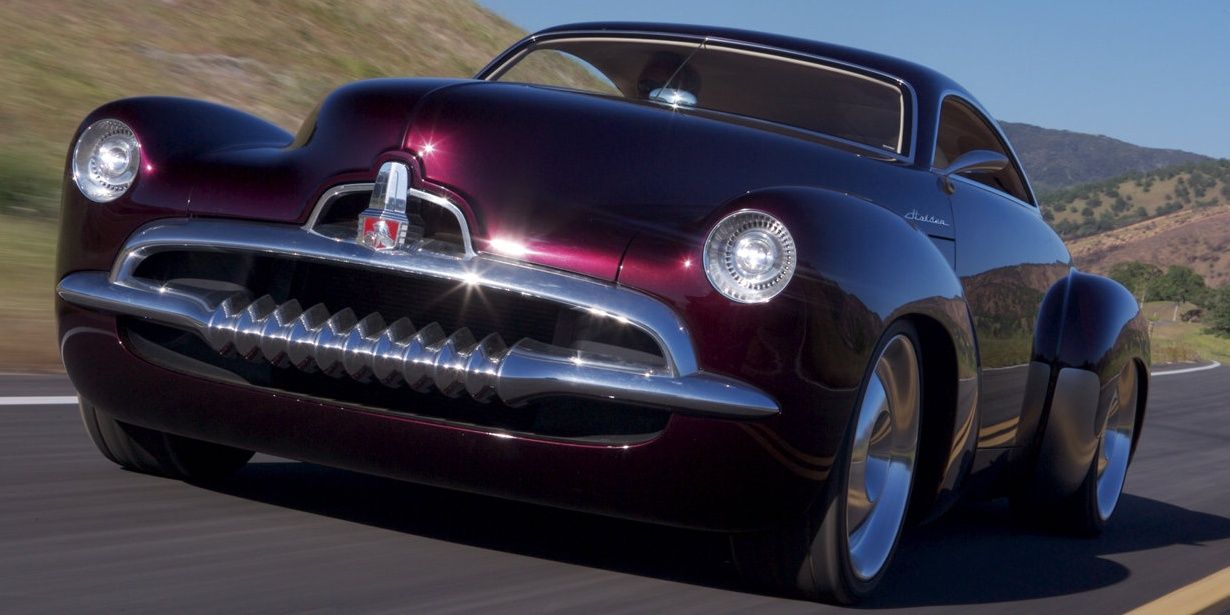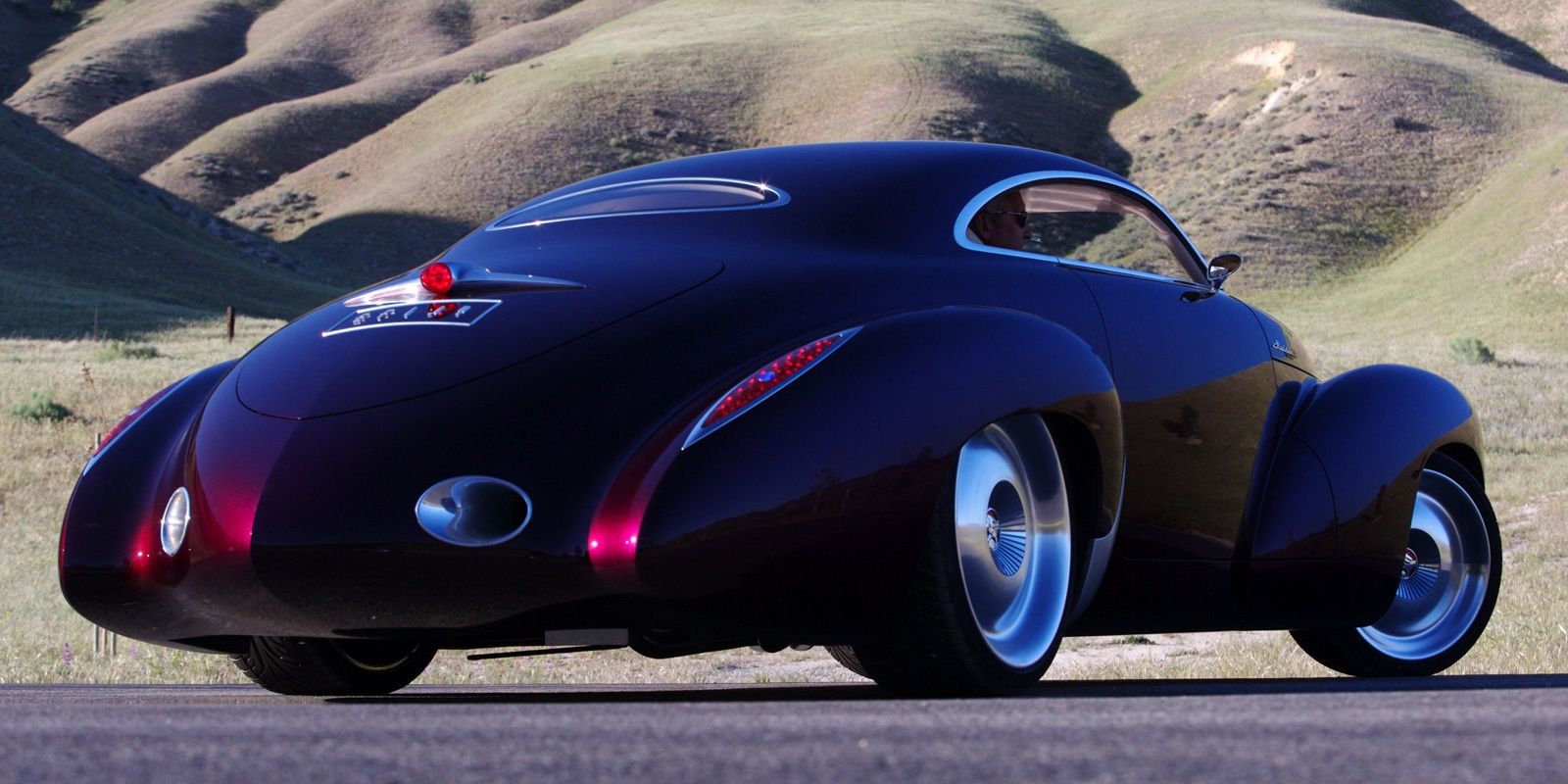Australia has been making automobiles since the 1940s, but unlike many other carmaking nations, most of their cars have been bought domestically. That's meant that, over the years, there have been plenty of great models that have gone largely unnoticed by the rest of the world. The last major domestic manufacturer, Holden, shut its remaining plant in 2017. But, even today several boutique manufacturers continue to churn out low-volume cars across the country.
Both these smaller companies and Aussie favorites like Ford and Holden have put out a vast array of wild sports cars over the years, even if international enthusiasts have never heard of them. Among them, there's rotary-powered Miatas, a handmade supercar built to Group B rally specifications, and plenty of old-school Aussie muscle. Let's take a look at these wild hidden gems and the many others that Australia has to offer.
10 Holden Commodore SS Group A SV '88
The SV88, or Holden Commodore SS Group A SV to use its full name, was the first production car made by Holden's newly-established Special Vehicles unit. The Commodore SS was built as a homologation so that HSV could race in Group A, and it went on to win the Bathurst 1000 in 1990.
The roadgoing version is essentially just a lightly modified version of the competition touring car. The iconic bodywork was actually stripped off by some dealerships as they thought it wouldn't sell, but today examples of the SV88 without the kit are worth considerably less than their factory-spec counterparts.
9 Bullet Roadster SS
The humble Mazda MX-5 Miata has been adapted for many different things, but one of the wildest uses had to be the Bullet Roadster. Bullet is a small manufacturing and parts shop based out of Queensland that decided to make their own car using the Miata as a base.
They reworked the Miata's body panels and swapped the engine out to something more powerful, initially a 13B Mazda rotary unit. Later on in the production run, they added options for a 20B rotary or a Lexus V8 to be swapped in. The most powerful V8 option gave the car over 400 hp, which given the Roadster's low curb weight, made it as fast as a bullet as well as being named after one.
8 Joss JT1
Through the '00s and into the early '10s, it seemed like Australia might finally be building a supercar that could compete on the world stage. Joss, a startup company that was formed out of a friendship between a Ford engineer and a designer, had produced a working prototype called the JT1. Not only that, it was hyped up as being ready to enter production.
The JT1 first surfaced in 2004 and achieved 0-60 in less than three seconds. It seemed like a serious performance machine, but a lack of investment meant it never made it into the hands of customers. A later prototype was produced in 2011 called the JP1, and the original JT1 prototype eventually ended up for sale on an Australian auction site.
7 Giocattolo Group B
The idea for the Giocattolo came about when a wealthy Australian entrepreneur was thinking of ways to expand his automotive import business. Why not make a Group B-spec Australian supercar? Building one from the ground up would be too difficult, so the decision was made to use the Alfa Romeo Alfasud Sprint as a base.
Alfa wasn't happy about anyone using their cars and embodying them, so Giocattolo had to buy brand new Sprints and strip them back down to begin working on them. Power for the car came from a Holden V8 that was modified by legendary Aussie racer Tom Walkinshaw. Only 15 Giocattolos were ever made, and today the remaining cars are looked after by a small group of hardcore enthusiasts.
6 Chrysler Valiant Charger E49 R/T
One of the most iconic Australian muscle cars of all time is the Chrysler Valiant Charger E49 R/T. Australian buyers, like Americans, loved their V8s and so when Chrysler debuted the E49 with a six-cylinder it was a shock. Real-world testing quickly demonstrated the car's superiority though, as it clocked a quarter-mile time of 14.1 seconds and a 0-60 time of 6.1 seconds.
That made it the fastest Australian muscle car ever made when it was unveiled in 1971. Only 149 cars were ever made at Chrysler's factory in South Australia, and today they're a highly desirable collector's item. The Valiant Charger pictured here went on sale in 2020 with a price tag of AU$395,000 ($281,488).
5 Ford FPV F6
Ford's FPV division was created as a direct response to the increased popularity of Holden's HSV, and between them, the two units have been responsible for some of Australia's wildest ever vehicles. The FPV F6 is one of them, a four-door family sedan with up to 416 hp on tap.
It was based on the best-selling Ford Falcon but featured several upgrades including a Garrett turbocharger to up its power significantly over the regular model. The car was produced over three generations spanning ten years until Ford Australia ceased manufacturing in 2014.
4 Holden HSV Commodore GTS-R W1
Not wanting to let Ford have all the fun, Holden marked the end of their domestic production in 2017 with a 636 hp version of their classic Commodore. The GTS-R W1 was developed in collaboration with Tom Walkinshaw Racing, with the goal of making it the highest performance HSV ever made.
The GTS-R can pull burnouts just as well as any other high-powered Holden, but it was engineered to be a serious threat on the track too. It included features like racing brakes and active suspension, with power coming from a modified 6.2L LS V8.
3 Ford Falcon XC Cobra
The Ford Cobra name is iconic in America, but many Americans won't be aware that it's been used in other countries by Ford's regional subsidiaries too. The Falcon XC Cobra is a great example, and it rocks the same iconic blue and white color scheme as many of its American counterparts.
Taking Ford's best-selling Falcon and cranking everything up a notch, the Cobra featured either a 351 Cleveland V8 or 302 Cleveland depending on the model year. 400 units were built and they've ended up becoming one of Australia's most treasured classic Fords. Strangely enough, though, the Cobra was reportedly only built because Ford had several unsold XC chassis left in stock and needed a way to shift them.
2 Bolwell Nagari 500
Bolwell is a small Aussie manufacturer that originally produced cars between 1962 and 1979, but was revived at the turn of the century and has now been making low-volume models since 2009. Their latest variant is called the Nagari 500, and it's a delightfully old-school machine.
It features a 500 hp naturally-aspirated LS3 V8, a manual gearbox, and a rear-wheel drive. There's not much else to it, as electronic assists have been kept to a minimum for a properly raw driving experience. A direct rebuke to the phrase, "they don't make them like they used to," the Nagari 500 proves that in Australia at least, the traditional V8 sports car is very much alive and well.
1 Holden Efijy
A fully functional concept car, the Holden Efijy made jaws drop when it debuted at the Australian Motor Show in 2005. It's based on the chassis of a C5 Corvette, but it takes design inspiration from the 50s Holden FJ, hence the name. It was designed completely in-house by Holden, and it reportedly cost AU$1.2 million to build.
Built as a show car, there's no way that a private buyer can get their hands on this exclusive machine, no matter how much they try. Every panel was handmade from aluminum, and the whole design process took months to complete. A testament to Holden's design capabilities, the Efijy has to go down as one of the wildest Aussie cars ever even if it never made much of a name for itself outside of Australia.

